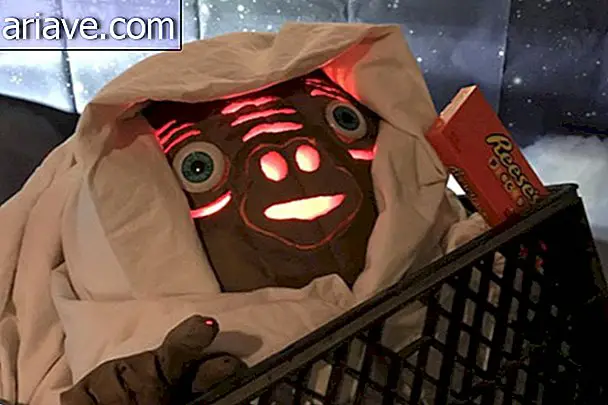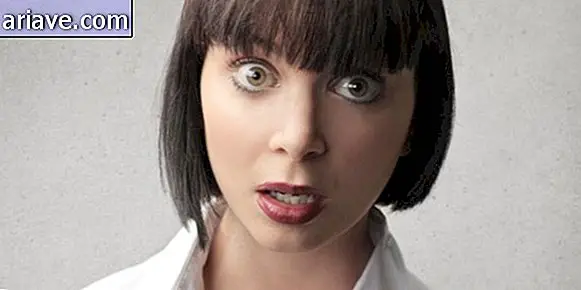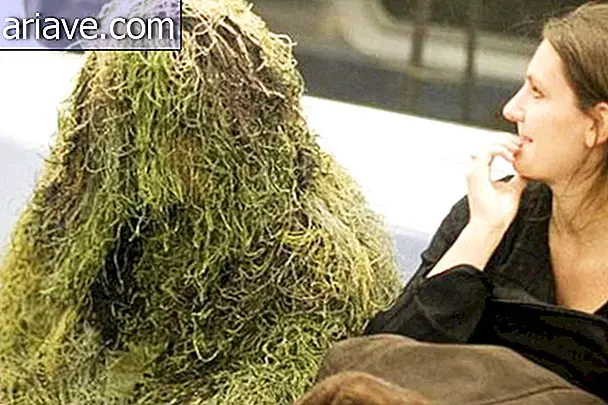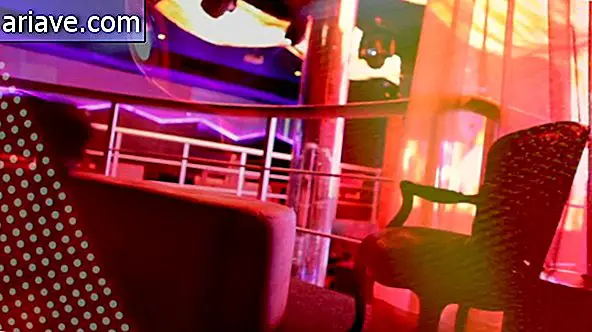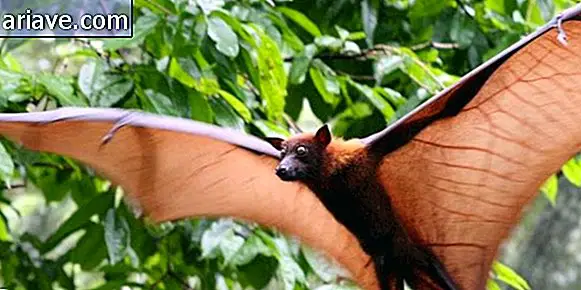Meet the artist tetracromata able to see 100 times more colors than you
We have already spoken here at Mega Curioso about tetrachromat people, that is, individuals born with four cones - cells in their eyes that can recognize colors - instead of three, like most people. This condition is the result of a unique genetic mutation and allows tetrachromat to identify many more colors than we do. So imagine if there was an artist with this peculiarity!
And isn't it there? According to Popular Science, this is Concetta Antico, an Australian artist who can distinguish 100 times more colors than most of us. According to the publication, when she looks at a leaf, for example, she not only sees green, but shades of orange, purple or red near the edges. And where we see dark green, Concetta visualizes colors like violet, turquoise and blue. A true colorful mosaic.

The fact that Concetta was born with more cones means that instead of differentiating about 1 million colors, such as trichromats, her eyes are able to identify an estimated 100 million colors, as well as nuances and dimensions that we don't. We can understand.
XX and XY

According to Popular Science, for years scientists have speculated whether tetrachromacia really existed. Also, if this condition were confirmed, it could occur only in women, due to the genes responsible for color vision. That's because people with normal color vision have three “calibrated” cones to identify blue, red, and green wavelengths, and these cones are associated with the X chromosome.
As you know, women have two of these chromosomes, while men have only one (they're XY, remember?), And mutations on the X chromosome can affect a person's ability to detect more or less color.
It is for this reason that it is more common for men to be born with color blindness - a condition that occurs in dichromate, ie individuals with only two types of cones. And that is also why tetrachromacia can only occur in women, since only they can receive two X chromosomes affected by the mutations responsible for the presence of four cone types instead of three.
Peculiarities

Another curiosity about tetrachromat is that although they contain more color-receiving cells, their brain functions the same way as trichromatmas. Experts believe that only 1% of the population is born tetrachromata, and demonstrating this condition is not that simple, as the difference between seeing more colors and someone with normal eyesight is not as dramatic as that between trichomes and colorblinds.
This is because the differences in color perception are small - and because currently available tests are focused on detecting only three pigments, namely blue, green and red. Thus, while a DNA test may reveal the presence of tetrachromacia, understanding what tetracromata sees is far more subjective. After all, each individual has a unique perception of the world around them.
Because it is such a rare condition, experts are looking for more tetrachromat to perhaps better understand how their brains process the stimuli that are captured by the extra cones. But while there are probably many such individuals around the world, scientists suspect that most do not have an extraordinary perception of color simply because they have not trained their brains for it.
Artist with colorful mega vision

After Concetta's condition was identified, the scientists found that the extra cones it possesses absorb wavelengths in the spectrum of yellow, reddish and orange. In addition, as with acquired skills, constant training can be perfected, and in Concetta's case, the artist's brain seems to have adapted to take advantage of tetrachroma.
The artist said that from an early age she already showed signs that she was different and was fascinated by the colors. Concetta began painting at the age of 7 and has been an art teacher for 20 years. Interestingly, the artist's daughter is color-blind, and Concetta believes that the more scientists can learn about tetrachroma, the more likely they are to be able to help people who are born with dichromate or other vision problems.
As a teacher, the artist herself has been looking for ways to help color-blind students: she has realized that these people have a tremendous appreciation for color and speculates that their visual deficiencies may be partially remedied if their brains are trained early. In addition, Concetta also wants to open a color-blind art school and create an online platform to find out if there are more tetrachromatas out there.
